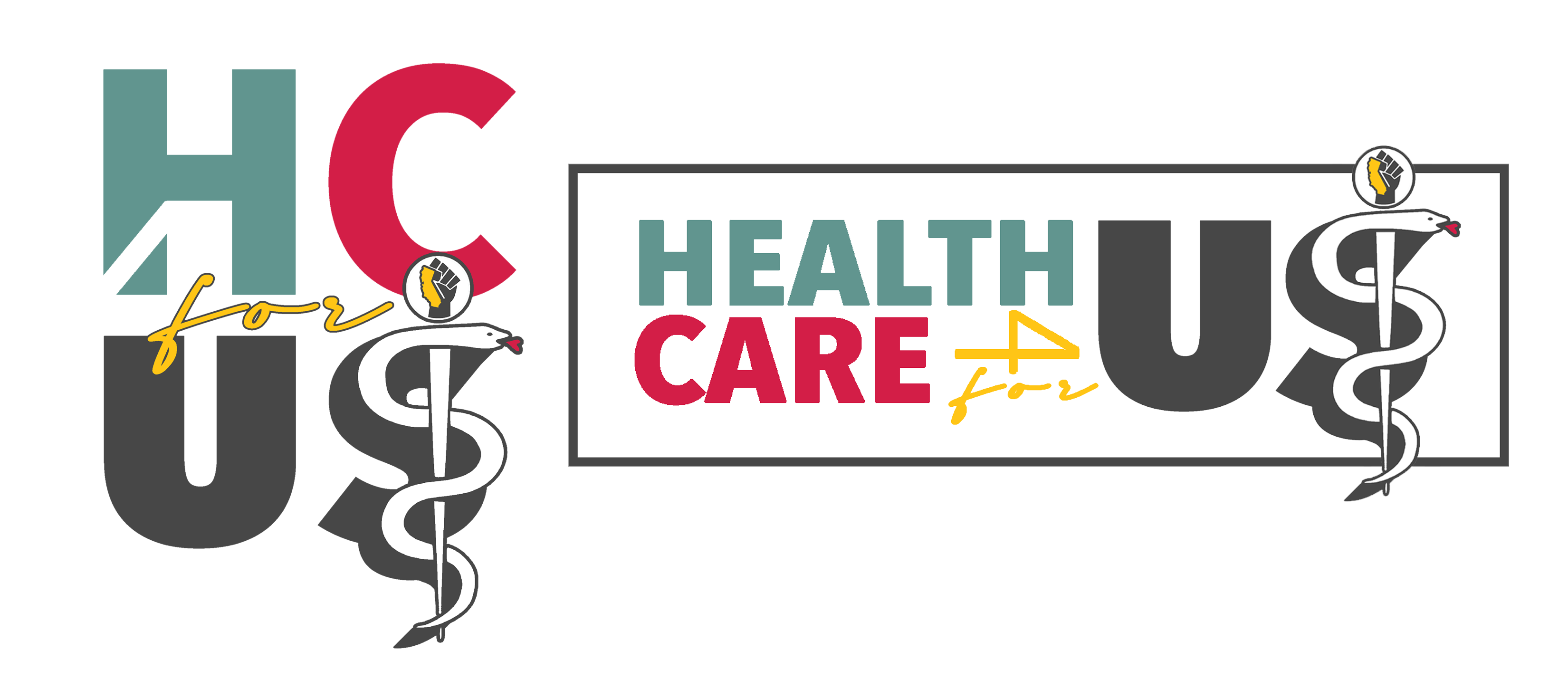White House eyes 30% HHS budget cut: 11 things to know
By Madeline Ashley
April 17, 2025
 The Trump administration is looking to cut the HHS budget by around one-third in an effort that would dramatically scale back federal health programs, The Washington Post reported April 16.
The Trump administration is looking to cut the HHS budget by around one-third in an effort that would dramatically scale back federal health programs, The Washington Post reported April 16.
The draft budget for HHS, obtained by the Post, provides a glimpse into President Donald Trump’s health and social service priorities as the 62-page 2026 fiscal year budget request from the Office of Management and Budget heads to Congress.
The new draft budget comes amid back-and-fourth regarding the recent dismissal of 10,000 HHS employees. In early April, HHS Secretary Robert F. Kennedy Jr. told CBS News that around 20% of affected employees might have their jobs reinstated.
Here are 11 things to know about the budget proposal:
- CMS requested $190 million in mandatory funds for Medicare Administrative Contractors in fiscal year 2025, up from $162 million the previous year, according to the proposed budget draft, obtained and shared by Inside Medicine. The funds would support provider cost report audits, which builds on a 2014 Affordable Care Act initiative that cut payments in the Home Health Prospective Payment System due to overpayments.
- CMS is also being pressed to share how much it is currently spending on hospital cost report audits, the percent of reports audited and the cost for expanding audit activity. The disclosure push follows an HHS Office of Inspector General audit that expressed concerns about hospital-reported costs accuracy, which are needed to determine reimbursement levels under prospective payment systems, the budget proposal said.
- A notable structural change would move oversight of the 340B program from HRSA to CMS. This transition could create operational uncertainty for hospitals that rely on 340B savings and are already navigating significant reporting and compliance requirements.
“This will enable HHS to set clear enforceable standards for participation in the 340B program and ensure that the program is used to benefit low-income and uninsured patients of the covered entities,” the report said.
- 4. The National Institute of Health’s more than $47 billion budget would be cut around 40% to $27 billion. NIH’s 27 institutes and centers would be consolidated into eight, with some being cut all together, including the National Institute of Nursing Research and the National Institute on Minority Health. The National Institute on Body Systems would merge into three existing institutes that focus on heart and lung disease; muscle, skeletal and skin diseases; and diabetes kidney and digestive disorders.
- The CDC’s budget would be cut from $9.2 billion to $5.2 billion under the proposal, eliminating all domestic HIV and chronic disease programs. Initiatives targeting obesity, diabetes, smoking cessation and heart disease would also be cut.
- The CMS budget anticipates lower enrollment in the federal exchange due to a scheduled expiration of enhanced ACA subsidies — which offer individuals earning up to 400% of the federal poverty level premium assistance — at the end of 2025, unless Congress takes action to extend them.
- The Administration for a Health America, a $20 billion agency, would be established. It would consolidate several existing agency functions, including those focused on HIV, environmental health and primary care.
- Some of the hardest hit programs would be those previously managed by the Health Resources and Services Administration. Rural hospital flexibility grants, state offices of rural health, at-risk rural hospital programs, and rural residency development would also be eliminated through the AHA plan.
- AHA would also control $500 million for policy, research and evaluation funding to support President Trump and Mr. Kennedy’s Make America Health Again initiatives to tackle chronic childhood disease. AHA would also cut many existing programs, like those targeting healthcare workforce development, rural health improvements, the national amyotrophic lateral sclerosis patient registry and childhood lead poisoning prevention.
- The FDA would be funded at a level to preserve its authority to collect drug and medical device industry fees. Without the baseline funding, the agency’s ability to use the fees, which help speed up safety reviews, would be limited.
- “President Trump…
